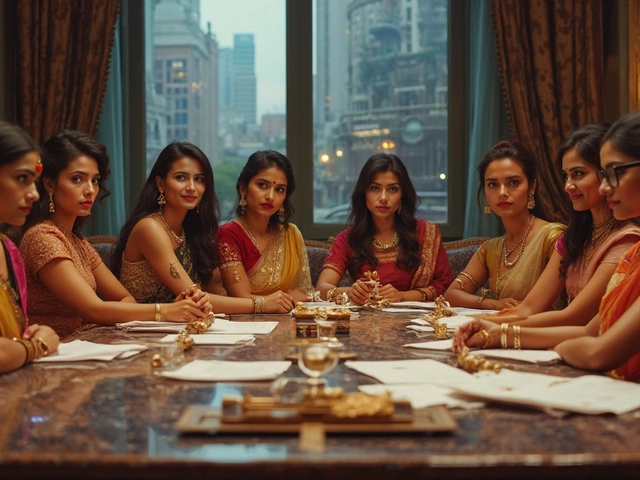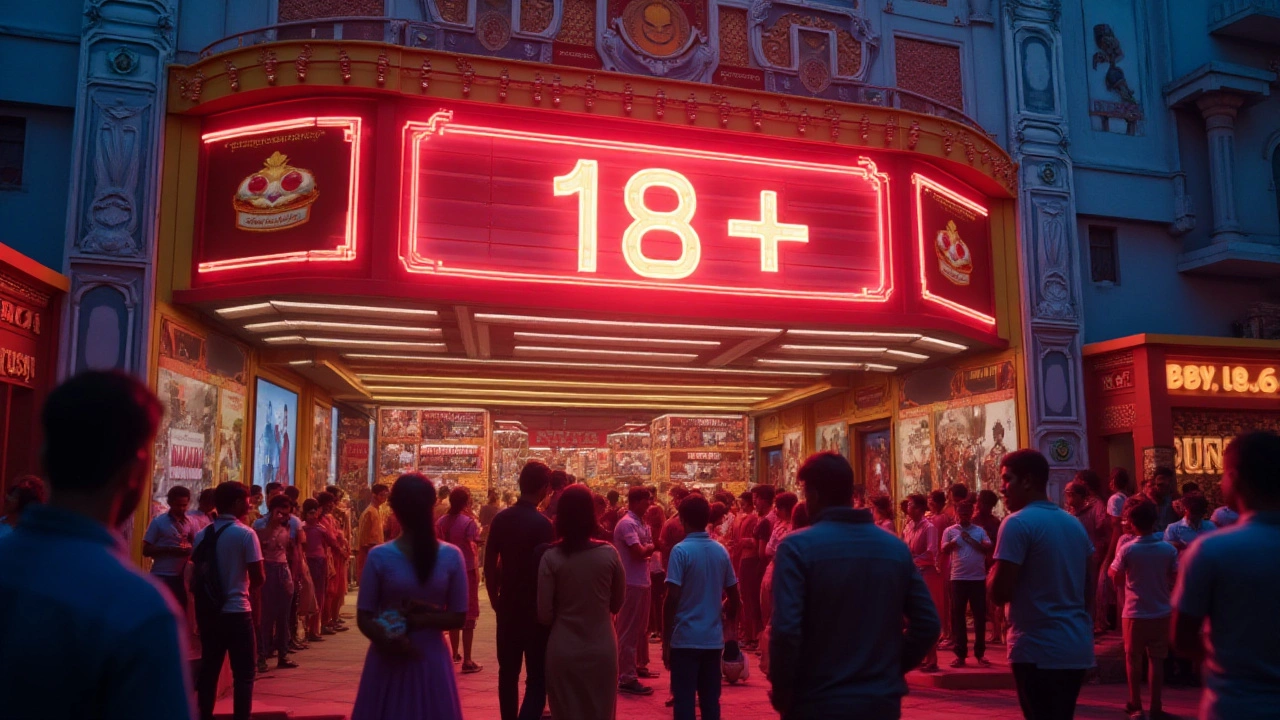Film Certification in India: What You Need to Know
When working with Film Certification, the official system that assigns age‑appropriate ratings to movies across India. Also known as movie rating, it guides viewers, parents, and exhibitors alike.
Why Ratings Matter and Who Controls Them
The cornerstone of the process is the Central Board of Film Certification, India's government‑run body that reviews every film before release. The board decides which Rating Categories, such as U, U/A, A and S, a film will carry. These categories tell you if a movie is suitable for all ages, requires parental guidance, or is meant for adult audiences only. The board’s verdict also triggers Film Censorship, the trimming or modification of scenes that violate cultural or legal standards. Together, certification and censorship shape the story you end up seeing on the screen.
Understanding this system is more than trivia; it directly influences a film’s box‑office performance. A tighter rating can limit the audience pool, while a lenient one may boost ticket sales. For producers, navigating certification early can save costs and avoid re‑edits after a premiere. For viewers, the rating tags are a quick safety net that tells you what to expect. Below, you’ll find articles that break down blockbuster releases, actor hit ratios, and other cinema trends—all filtered through the lens of India’s certification rules. Dive in to see how ratings, censorship, and the CBFC shape the movies you love.
Understanding the '18+' Rating on Indian Movies
The '18+' rating on movies often raises curiosity and sometimes controversy in India. This rating signifies content meant for adults and is issued by the Central Board of Film Certification. It acts as a guide for viewers and has a significant impact on the film's reach and marketing. Understanding the nuances of this rating is crucial for both film enthusiasts and creators.





